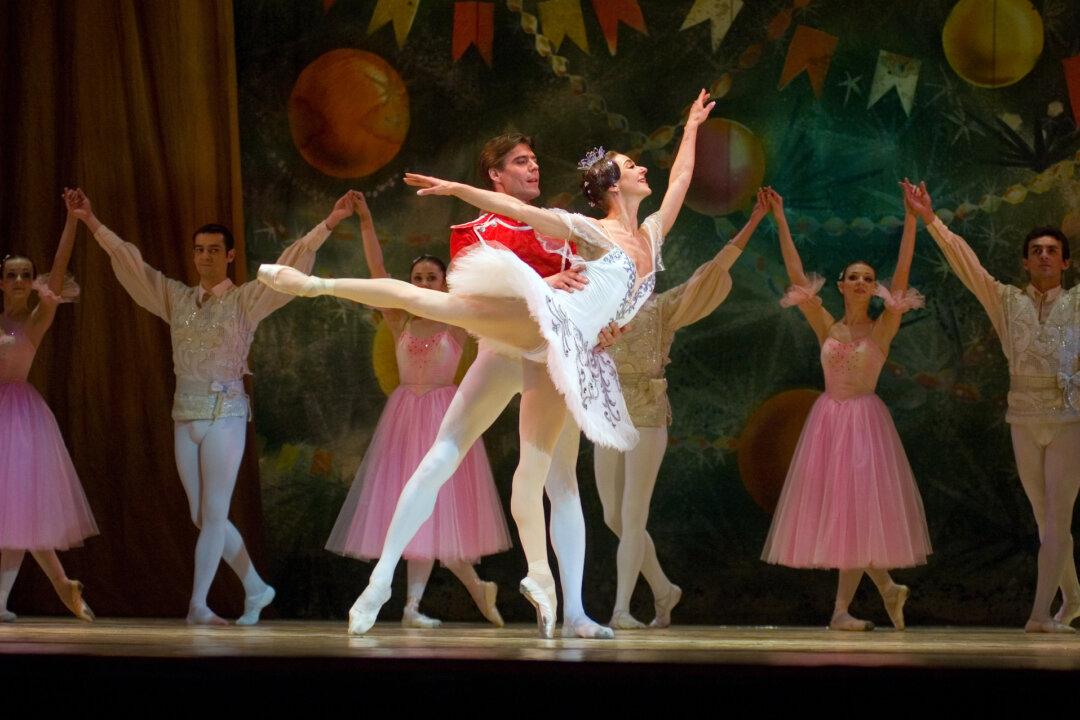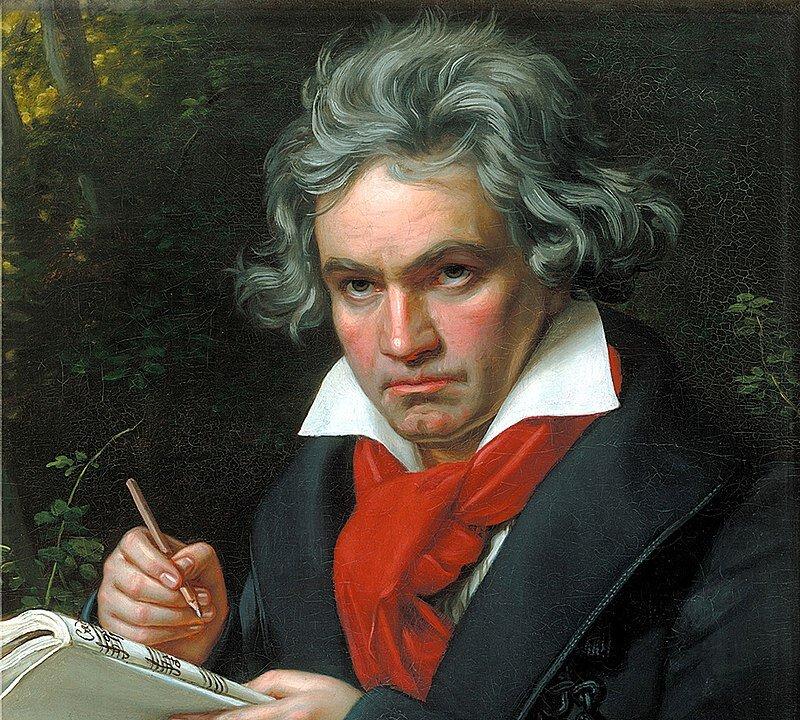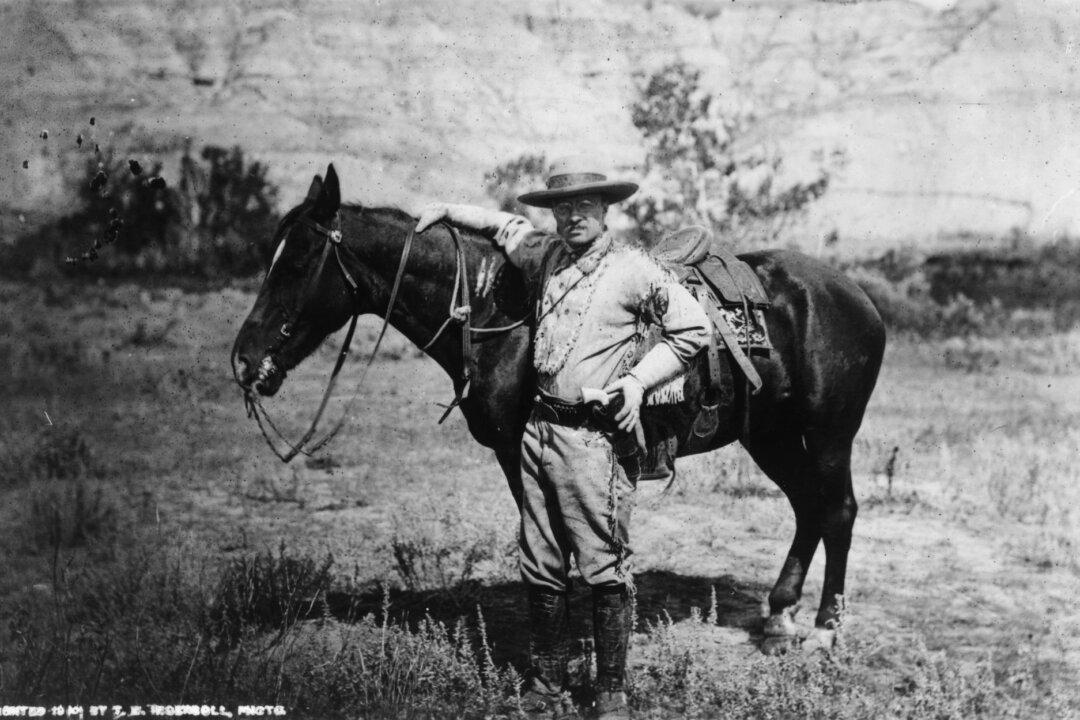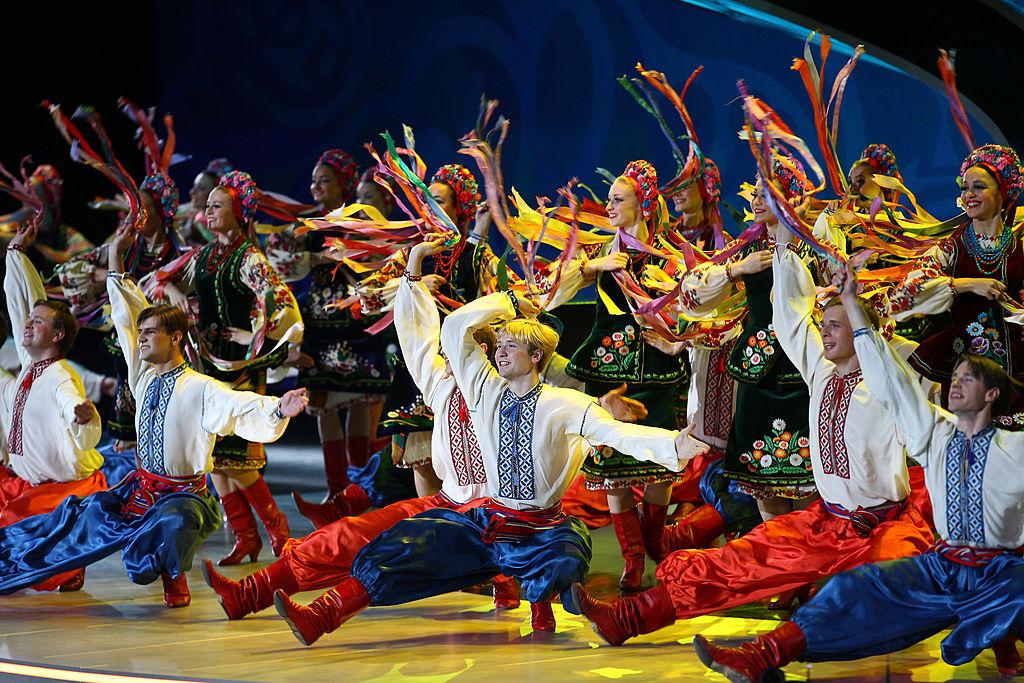As a young orchestral performer, one of my favorite genres to play was great classical works written for or inspired by dance. These pieces’ rhythms and melodies are infectious, probably because of their connection to the world of popular entertainment—balls and other celebratory events that involve dance from eras past.
These kinds of pieces are an excellent entrée into classical music for that very reason—their catchiness and popular appeal. They can also be used to help learn rhythm, since the rhythm of dance steps is such a key component. In addition, if you or your kids hope to become well-versed in classical music, these are pieces that players are generally expected to be familiar with.





